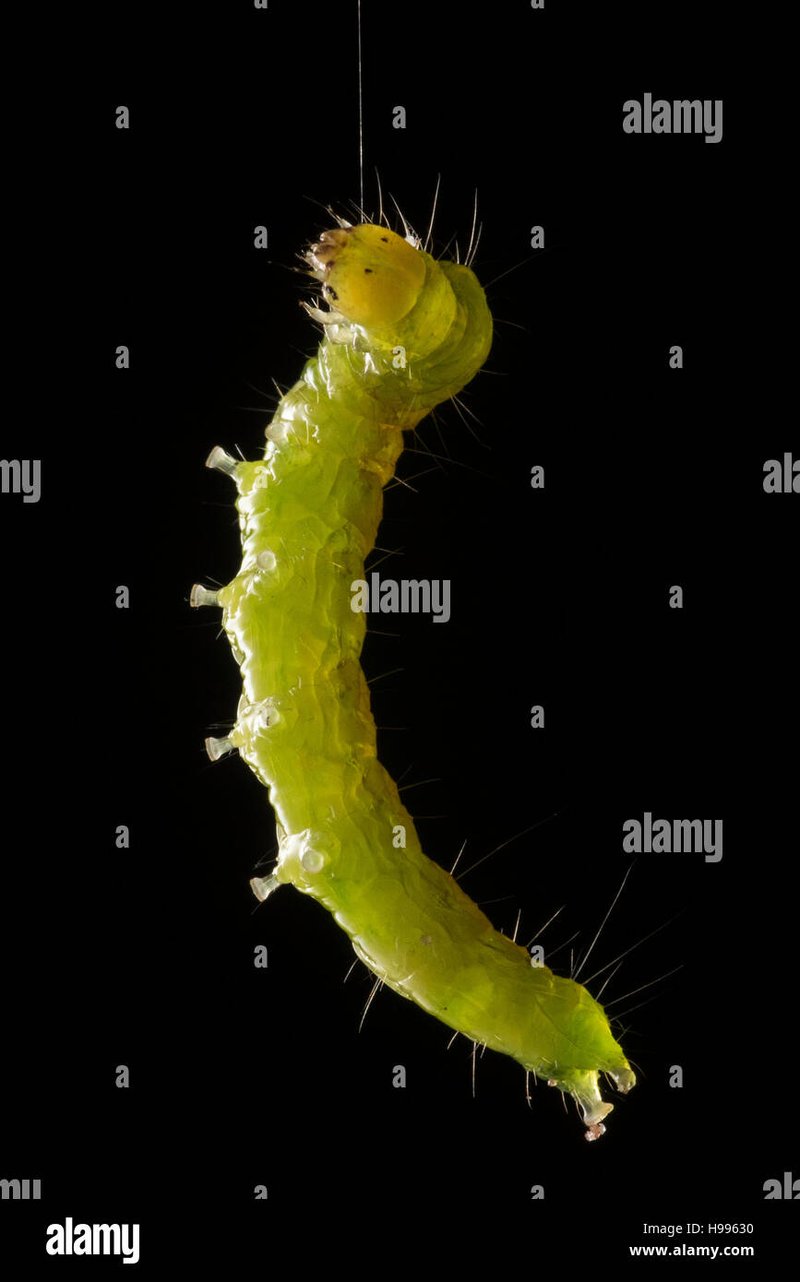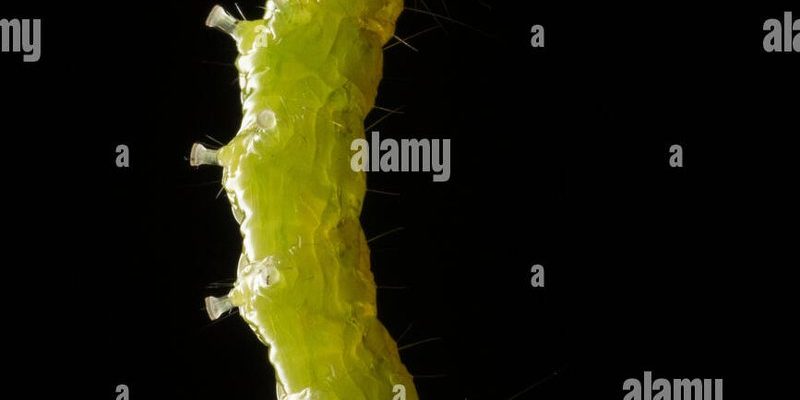
So, how do these inchworms use silk to travel? It’s a bit like having your own personal safety harness while trying a new dance move—helpful, right? Let’s dive deeper into the world of inchworms to understand just how this delicate silk plays a crucial role in their mobility.
What Are Inchworms?
Inchworms are not a single species but rather the larvae of various moths, including the geometer moths. They’re called inchworms because of their unique way of moving, which resembles measuring an inch as they “inchworm” along.
These little critters are typically green or brown, allowing them to blend in with leaves and twigs, making them less visible to predators. A common question you might have is: why not just crawl like other caterpillars? Well, inchworms have a special way of inching along that makes them quite effective at navigating through their environment.
When they move, they create a loop in their body, pulling themselves forward before relaxing and extending again. This method is both a clever escape tactic and a way to reach food without drawing too much attention.
Why Silk Threads Are Essential
You might be wondering why inchworms bother producing silk threads at all. Well, these silk strands serve multiple purposes that go beyond just being sticky. First off, they help stabilize the inchworm as it maneuvers through its surroundings.
Imagine trying to walk on a windy day without a sturdy handhold; you’d likely stumble and fall. Silk threads give inchworms that extra grip. When they climb or navigate tricky spots—like the edges of leaves or branches—they can anchor themselves and avoid falling.
Moreover, the silk serves as a safety line. If an inchworm loses its grip or gets knocked off a branch, it can dangle safely from its silk thread until it regains its footing. It’s like safety gear for these little adventurers.
How Do Inchworms Produce Silk?
Inchworms produce silk from specialized glands in their mouths—called salivary glands. This silk is made up of proteins that can be spun into threads. When they need to use silk, they expel it while moving, allowing them to create their web-like lines almost effortlessly.
The fascinating part is how they control the release of the silk. But here’s the thing: it’s not just about moving; it’s also about building a home. Inchworms might use silk to construct a small shelter or a pupation site when they’re ready to transform into moths.
So, the next time you see an inchworm, remember that its mobility is more than just a cute wiggling dance—it’s a carefully orchestrated performance involving its silk!
Using Silk for Movement: A Closer Look
When inchworms move, they use their silk in a method known as “silk anchoring.” This is when they produce a thread that attaches to a surface, allowing them to pull themselves forward. It’s a smart strategy that combines both propulsion and safety.
Here’s how it works in a step-by-step process:
- Anchor the Silk: As the inchworm extends its body, it attaches a silk thread to a nearby surface.
- Pull Forward: The inchworm contracts its body to pull itself closer to the anchored thread.
- Release and Repeat: Once it’s closer, it can release the thread and create a new one further along.
This method not only conserves energy but also allows them to explore their environment more effectively. It’s like having a built-in bungee cord, helping them navigate with agility.
The Benefits of Silk in Survival
Inchworms face many threats, from predators to harsh weather. Their silk threads offer them a way to overcome some of these challenges. For instance, when attacked by birds or other predators, inchworms can drop to the ground using their silk for a quick escape, then climb back up safely without too much trouble.
Additionally, the silky threads they produce can also deter some predators. Many predators are turned off by the stickiness or the presence of silk, giving inchworms a better chance at survival. It’s a fantastic example of how nature equips creatures with tools for survival.
Comparing Inchworms to Other Caterpillars
You might be curious about how inchworms stack up against other caterpillars when it comes to mobility. While many caterpillars crawl straight along their path, inchworms have that unique in-and-out movement—a bit like a snake slithering.
Other caterpillars might rely on their legs to climb or move quickly, but inchworms primarily depend on their silk. This gives inchworms a different way to explore their environment, particularly in dense foliage where they might need to sneak around.
If you think about it, it’s like comparing different styles of dance. Each has its charm and purpose, but inchworms have that added flair with their silk!
The Future of Inchworms and Silk Use
As society grows increasingly aware of the importance of conservation, the role of inchworms and their silk may become even more significant. They contribute to ecosystems not just as herbivores but as part of the food web. Their silk can also inspire biomimicry in material science, leading to new, sustainable materials based on how inchworms produce and use silk.
Who knows? The next time you’re reading about advances in eco-friendly materials, you might just find inchworms leading the charge in silk innovation!
Wrapping Up the Wonders of Inchworms and Their Silk Threads
Inchworms might be small, but their silk threads show that nature has a lot of ingenious tricks up its sleeve. Their unique mode of movement is both interesting and essential to their survival. From anchoring themselves to safety lines, inchworms demonstrate how even the tiniest creatures have adapted in remarkable ways.
So, next time you see an inchworm on your garden path, take a moment to appreciate its silk-threaded ballet. It’s just one of the many wonders our natural world has to offer, reminding us how much there is to learn from even the smallest of beings.

